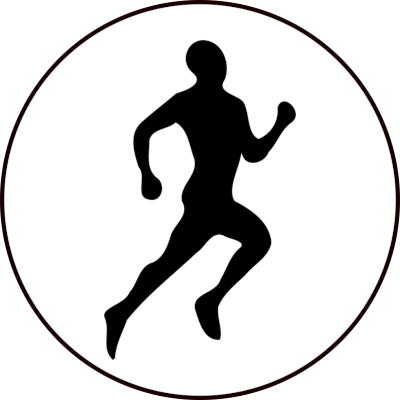Report of a study in Trail Runner about exercise dependency. From the article:
The criteria used to evaluate exercise addiction include Salience, which refers to prioritizing exercise over other obligations; Conflict, which arises between exercise and responsibilities; Mood Modification, using exercise to enhance emotional well-being; Tolerance, requiring more exercise to achieve the same mental benefits; Withdrawal, leading to negative emotions when unable to exercise; and Relapse, returning to excessive exercise after reducing activity.
Interesting. We often have conflicts around our house about the time I spend running and recovering from running. And I definitely use running to help myself stay positive.
What do you guys think?



I highly recommend the book “Can’t Hurt Me” about the life of David Goggins. His exercise dependency is next level.
The overtime blurb:
Over 5 million copies sold
For David Goggins, childhood was a nightmare - poverty, prejudice, and physical abuse colored his days and haunted his nights. But through self-discipline, mental toughness, and hard work, Goggins transformed himself from a depressed, overweight young man with no future into a U.S. Armed Forces icon and one of the world’s top endurance athletes. The only man in history to complete elite training as a Navy SEAL, Army Ranger, and Air Force Tactical Air Controller, he went on to set records in numerous endurance events, inspiring Outside magazine to name him The Fittest (Real) Man in America.
In Can’t Hurt Me, he shares his astonishing life story and reveals that most of us tap into only 40% of our capabilities. Goggins calls this The 40% Rule, and his story illuminates a path that anyone can follow to push past pain, demolish fear, and reach their full potential.